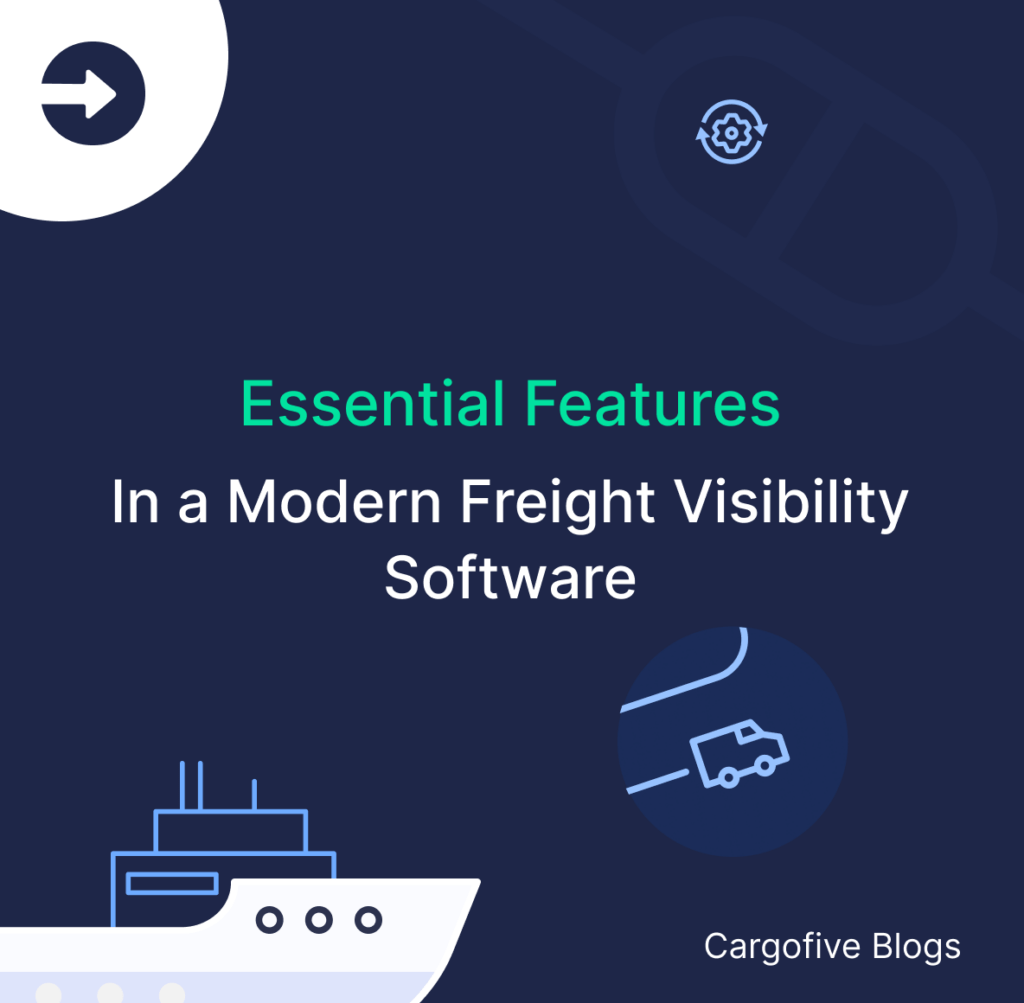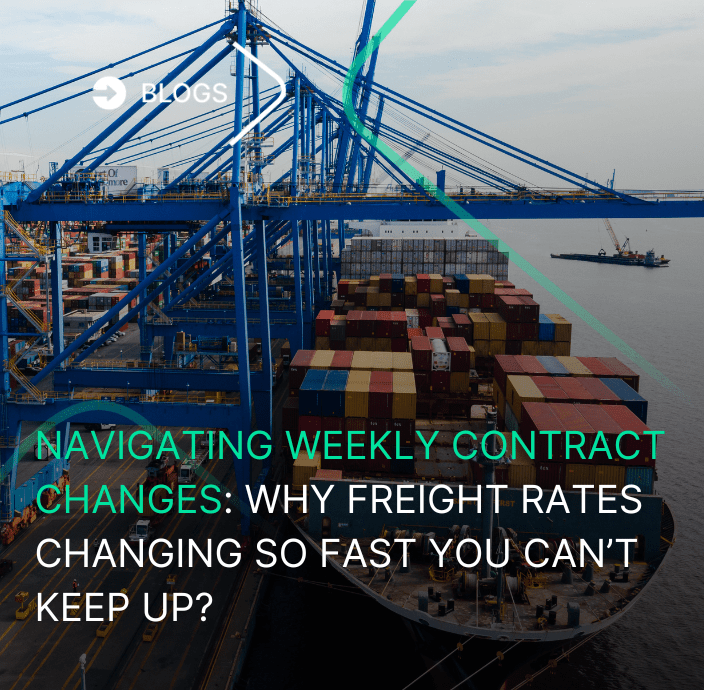Finding solutions that adapt to the changing context of international logistics became a task for those involved in it. They are necessary if you want to survive in such a competitive environment and if you want to respond to customers requests in a timely manner. E-forwarding is postulated as one of those solutions, but what exactly is it?
Many claim that by 2030, e-forwarding will be the new standard. This concept brings with it the key to accomplish a long term competitiveness. It’s a visionary proposal made for those who are in the process of formulating innovative strategies in view of what is to come.
E-forwarding advantages
E-forwarding is a solution for those who want to become more efficient in their processes by integrating different transactional platforms. Users can manage much better logistics processes, reducing costs and crossing different barriers a traditional freight forwarder could come across. The main advantages are:
New Markets.
There are various barriers that a freight forwarder may encounter today. One of them is the access to certain markets. With this new modality, a freight forwarder can have clients around the world and connect with them anytime, anywhere. Markets that were previously out of reach are now a target for expansion.
Quickness and Transparency.
E-commerce has had a significant influence, we are now used to the speed of quotes, reservations and shipments. The e-forwarding facilitates these processes in international logistics while providing transparency and security between the parties.
Flexibility.
Furthermore, e-forwarding is flexible and allows to integrate different systems. It helps to achieve a better data and information management to carry out an international transaction. Plus, document handling becomes digital and smart, which improves the operations.
Lower costs.
The advantages mentioned above lead to costs being considerably reduced. Efforts that could be devoted to reaching new markets in a traditional way are no longer necessary. Margins of error are lower and the risks in a transaction are almost non-existent. Also, time and expenses involved in sending paper documents are reduced with the use of electronic documentation, such as the e-Bill of Lading. This way, a freight forwarder can quote fast and gain sales.
The pressure that traditional forwarders have in order to join the digital movement increases as digitization progresses. It is key to consider your next decisions carefully.
Many times it may seem that digitizing and automating processes is easier for those with more resources and experience, but the reality is that the crucial thing is to be able to apply and use digital solutions in a timely manner. At Cargofive we are aware of the challenges that freight forwarders must face and that is why we are willing to help them. Would you join us?
AUTHOR



